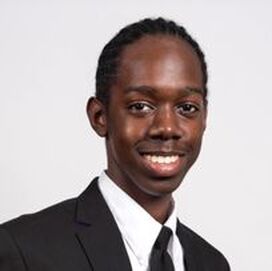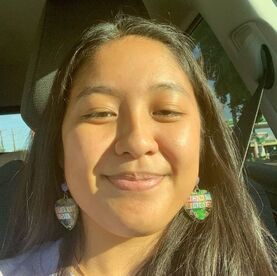About R&D: Research and Diversity
The evolution of the STEM field has led to development and diversification of occupations and specializations. With over 17.3 million STEM employees in the U.S., it’s time to diversify the people filling these positions.
While 11% of the U.S. workforce includes people who identify as black, they only make up 9% of STEM workers. Hispanic people make up 16% of the U.S. workforce, yet only 7% are in STEM.¹ Not only is the racial disparity clear, but students of low socioeconomic backgrounds are also underrepresented in the field. Their schools do not have the funding to offer the same advanced science and math courses that schools in higher socioeconomic areas do. This directly inhibits students in reaching their full potential, and makes it much less likely for them to consider a career in STEM. ² Lack of representation is proven to affect students’ mindsets, giving them the feeling of “I don’t belong here”. This also affects motivation and mental health in general, which is an extremely important factor in academic and career-building success. ³ Research & Diversity is here to offer an accepting community - for those students who do not have that sense of belonging in STEM.
Our goal is to build a community that highlights racial and cultural diversity and brings together STEM-related researchers in both academia and industry. We intend to spotlight the many achievements by STEM minority role models to inspire students. By emphasizing research, in both academia and industry, we aim to expose students to possible careers that they may not have otherwise considered.
Every month, we will be hosting an interview with a researcher of a minority group - focused on one of their publications. We encourage anyone interested to read the papers and submit questions for the researcher during the interview.
While 11% of the U.S. workforce includes people who identify as black, they only make up 9% of STEM workers. Hispanic people make up 16% of the U.S. workforce, yet only 7% are in STEM.¹ Not only is the racial disparity clear, but students of low socioeconomic backgrounds are also underrepresented in the field. Their schools do not have the funding to offer the same advanced science and math courses that schools in higher socioeconomic areas do. This directly inhibits students in reaching their full potential, and makes it much less likely for them to consider a career in STEM. ² Lack of representation is proven to affect students’ mindsets, giving them the feeling of “I don’t belong here”. This also affects motivation and mental health in general, which is an extremely important factor in academic and career-building success. ³ Research & Diversity is here to offer an accepting community - for those students who do not have that sense of belonging in STEM.
Our goal is to build a community that highlights racial and cultural diversity and brings together STEM-related researchers in both academia and industry. We intend to spotlight the many achievements by STEM minority role models to inspire students. By emphasizing research, in both academia and industry, we aim to expose students to possible careers that they may not have otherwise considered.
Every month, we will be hosting an interview with a researcher of a minority group - focused on one of their publications. We encourage anyone interested to read the papers and submit questions for the researcher during the interview.



